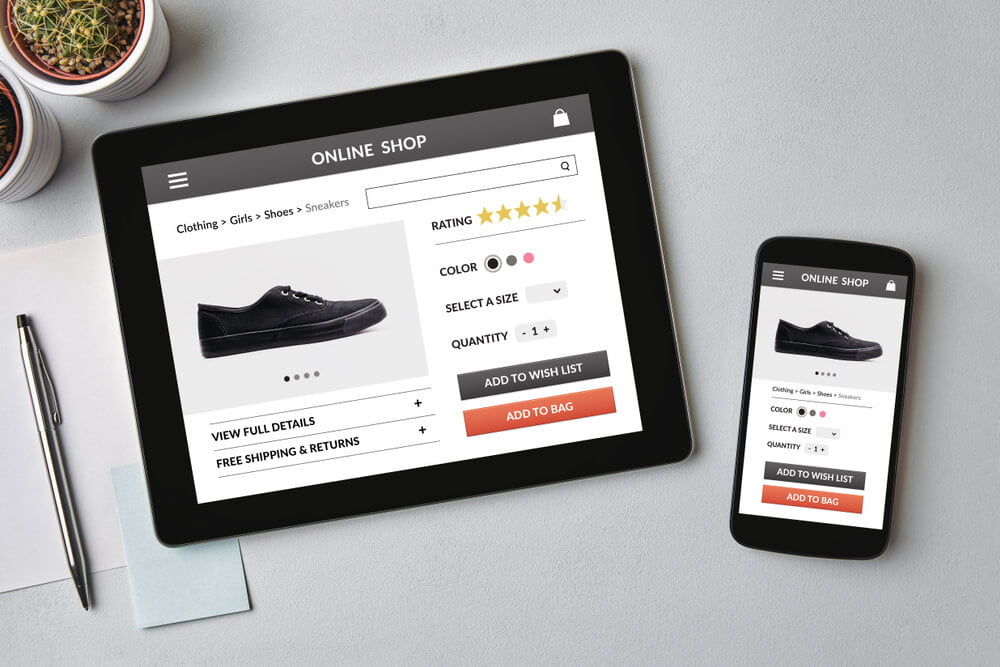No products in the cart.
E-Commerce, Tips
21 Essential E-commerce Website Features: Maximize Your Online Sales
In this article, we will discover 21 essential e-commerce website features every e-commerce website should have.
An e-commerce website is a web-based platform that allows businesses to sell their goods and services to customers via the internet.
E-commerce websites offer customers an easy way to find, compare, and purchase products and services, as well as allowing businesses to reach a broader customer base.
For an e-commerce website to be successful and offer customers a good user experience, it needs to have these essential features.
Essential E-commerce Website Features
The following are some of the most important e-commerce website features that any e-commerce website should have:
Mobile optimization
With more and more people accessing the internet from their phones and tablets, it is important for an e-commerce website to be mobile optimized.
This means that the website should be easy to use and navigate on a small screen, with all of the same features and functionality as the desktop version.
Read: Why Your Business Needs a Website: 8 Reasons to Create a Website
A clear and easy-to-use navigation menu
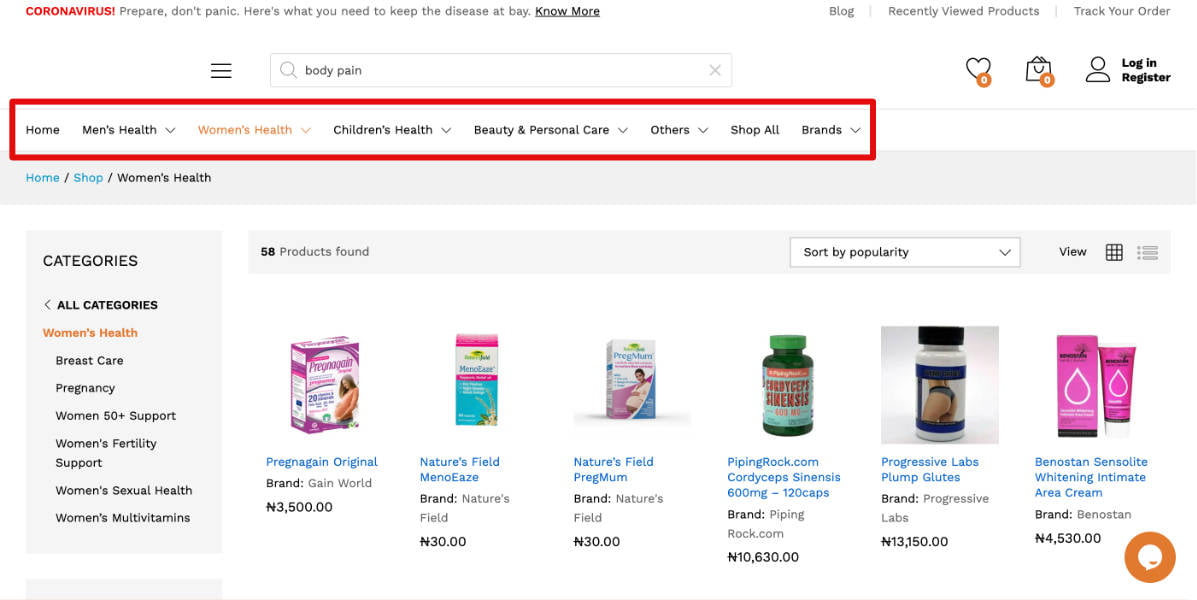
On your website, customers should be able to easily find what they are looking for. A simple and easy-to-use navigation menu is extremely important for helping customers to quickly browse and find products.
A search bar
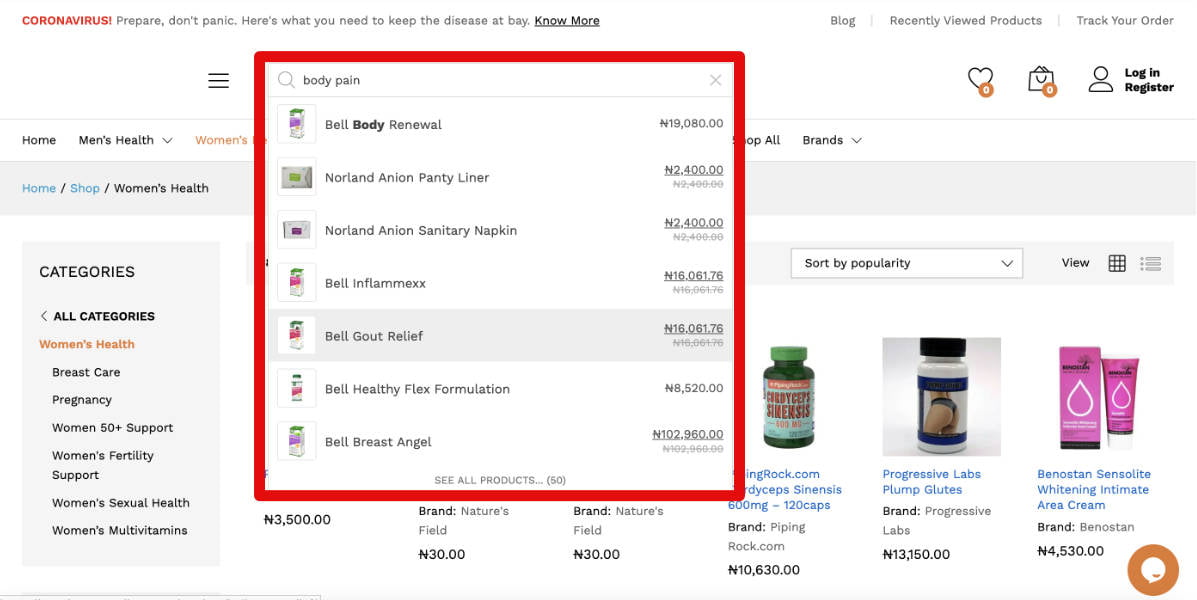
A search bar is a useful feature that allows customers to look for specific products on your website. This is especially helpful for websites with a large number of products because it allows customers to find what they're looking for more quickly.
Product catalog
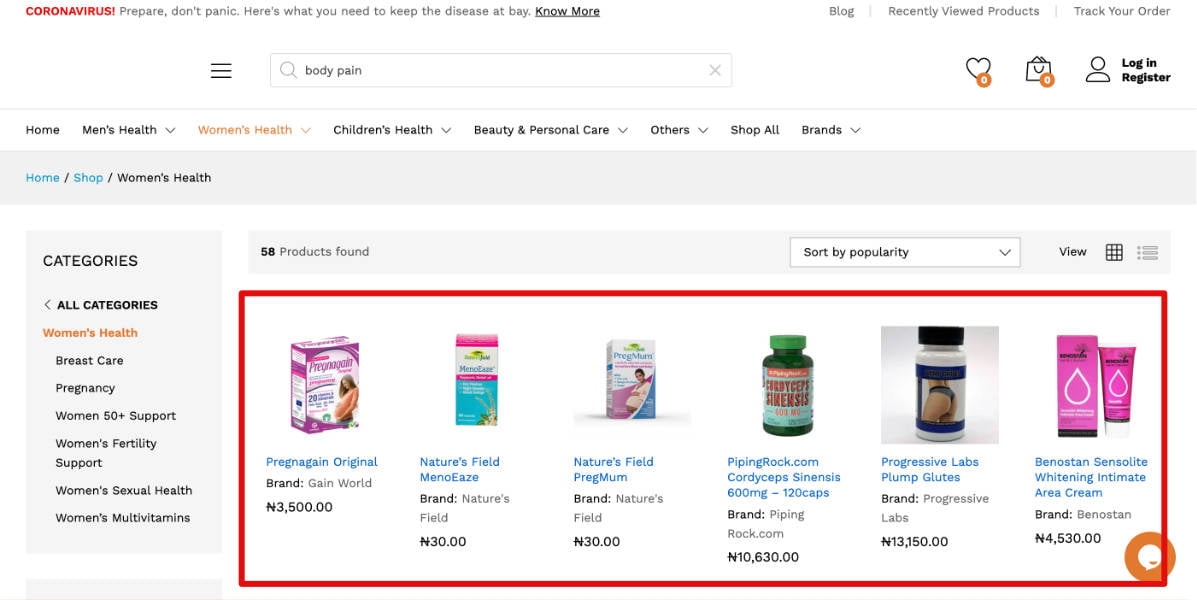
A product catalog is a list of all the products that a business is selling on their website. This is usually organized into categories and subcategories, making it easy for customers to find what they are looking for.
Product pages

Each product on your website should have its own page, which should include detailed information about the product, such as its features, benefits, and specifications. Product pages should also include high-quality images and the option for customers to leave reviews.
Product filters
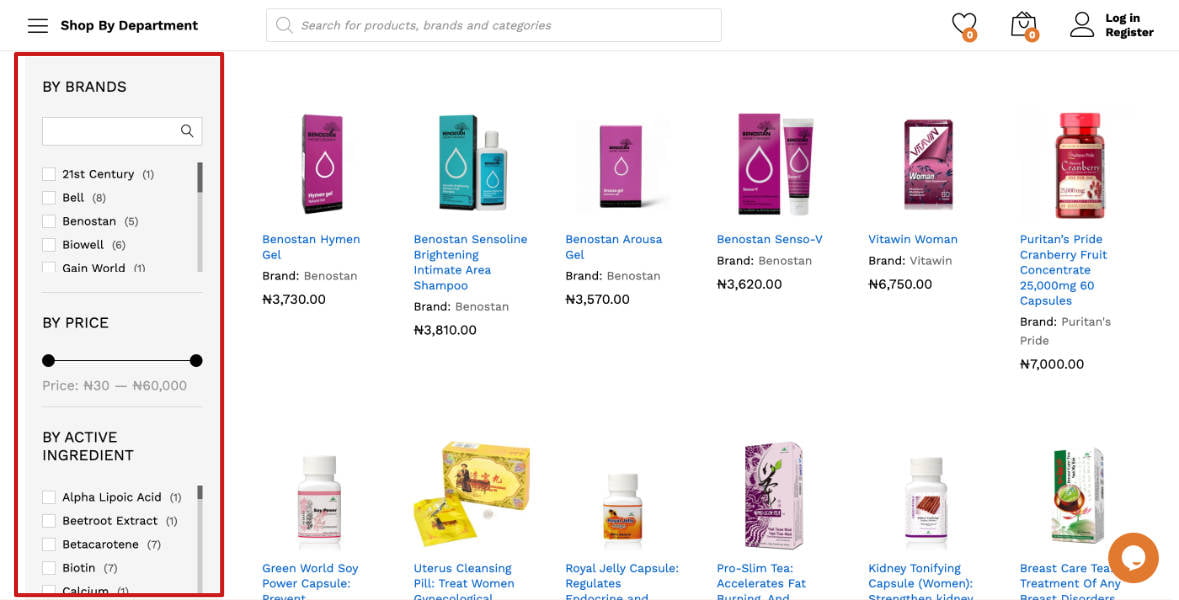
Product filters allow customers to narrow down their search results by specific criteria, such as price, color, size, or brand. This can be especially useful for websites with a large number of products.
Product comparison
Product comparison tools allow customers to easily compare different products side-by-side in order to make an informed purchasing decision.
Wish lists
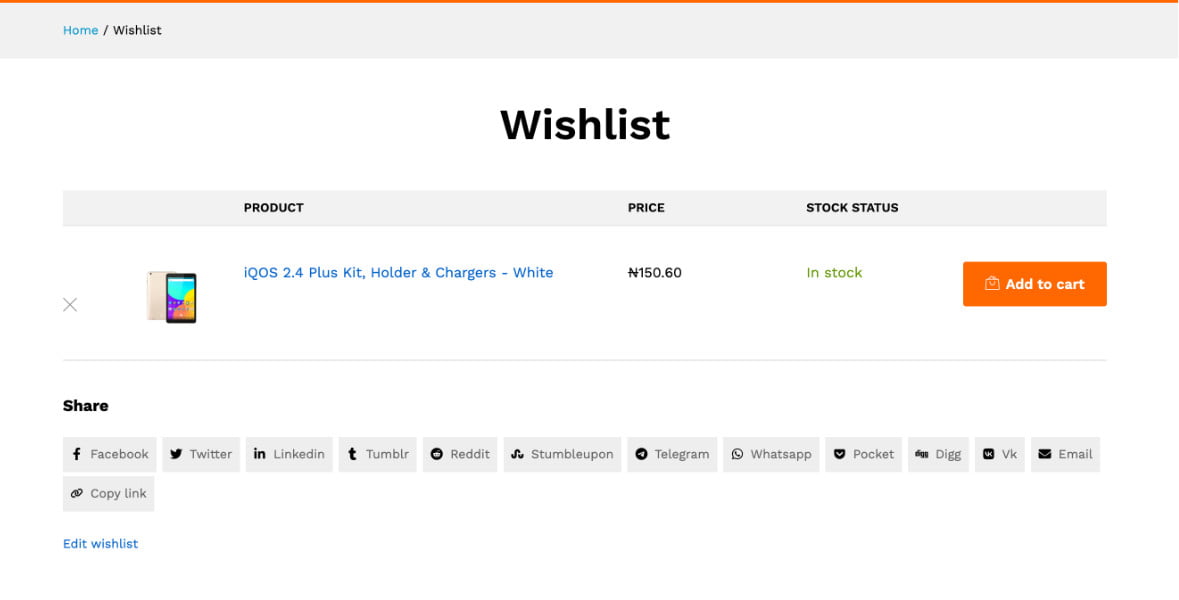
Wish lists allow customers to save products they are interested in for later purchase or to share with friends and family.
Shopping cart
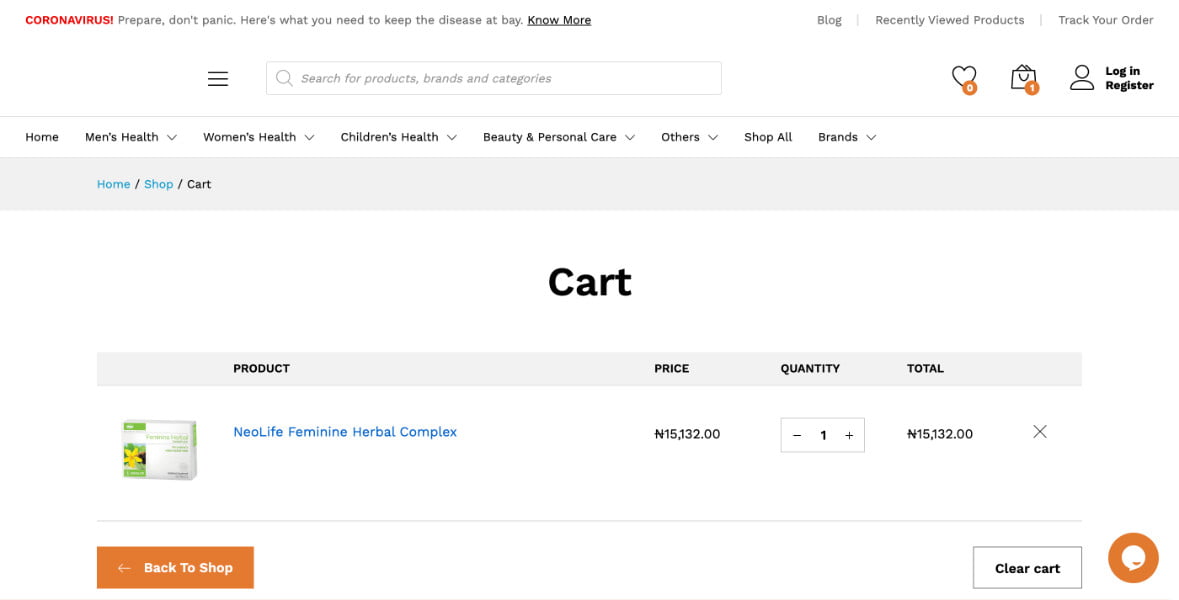
A shopping cart is a feature that allows customers to add items to their order as they shop. This makes it easy for customers to keep track of their purchases and checkout when they are ready.
Checkout process
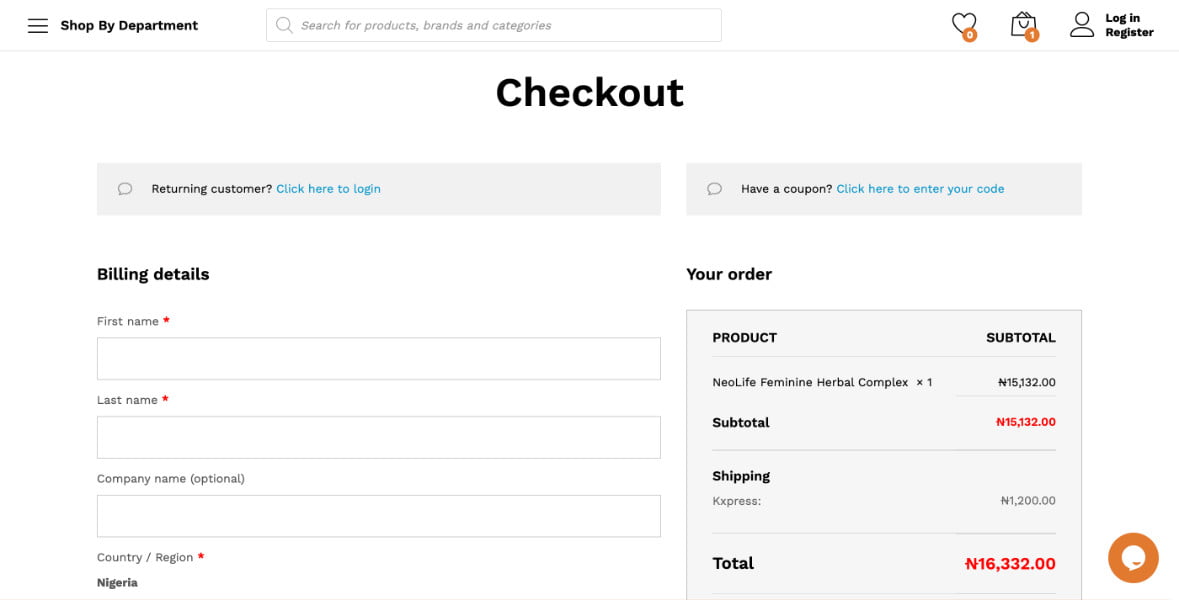
The checkout process is the final step in the e-commerce process. In this step, customers enter their payment and shipping information and complete their purchase.
Customers should feel confident and secure when making a purchase on your website. Your checkout process should be secure and simple. It should provide customers with options for different payment methods and have data protection measures in place.
Read: Why Every NGO Needs a Professional Website
Payment gateway
A payment gateway is a safe method of processing online payments. It enables customers to enter their credit card or other payment information into an e-commerce website and complete their purchase without disclosing sensitive information to the company.
Customer account
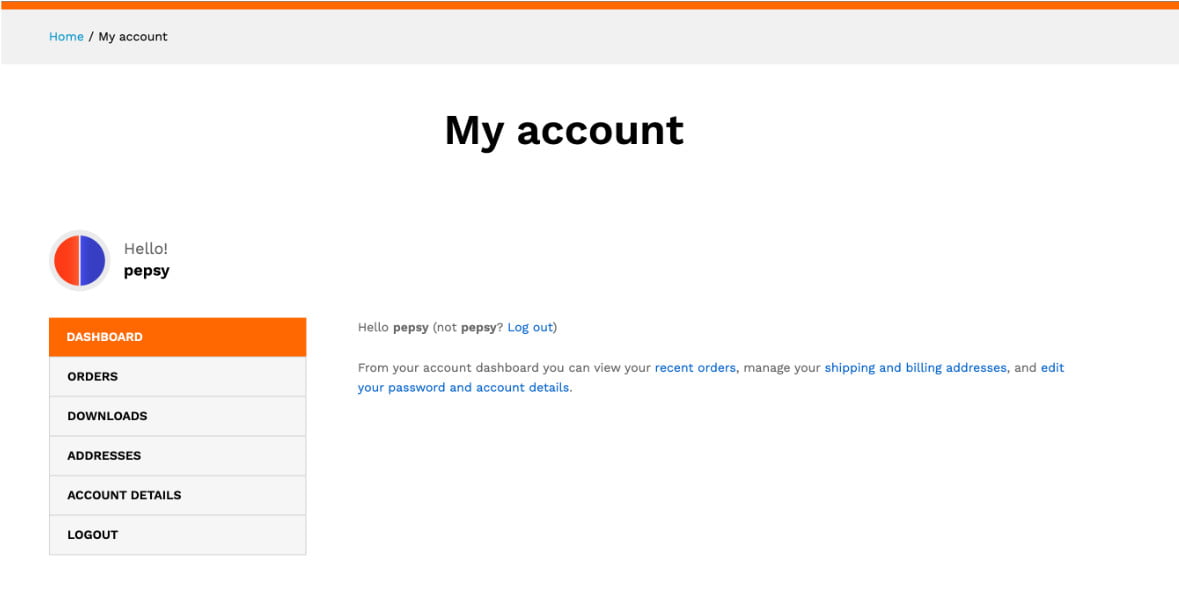
A customer account is a feature that allows customers to create an account on the website, store their information, and track their orders. This can help to create a sense of loyalty and make it easier for customers to shop on the website in the future.
Personalization

Product recommendations based on a customer's browsing history, for example, can help improve the shopping experience for customers.
Customer service options
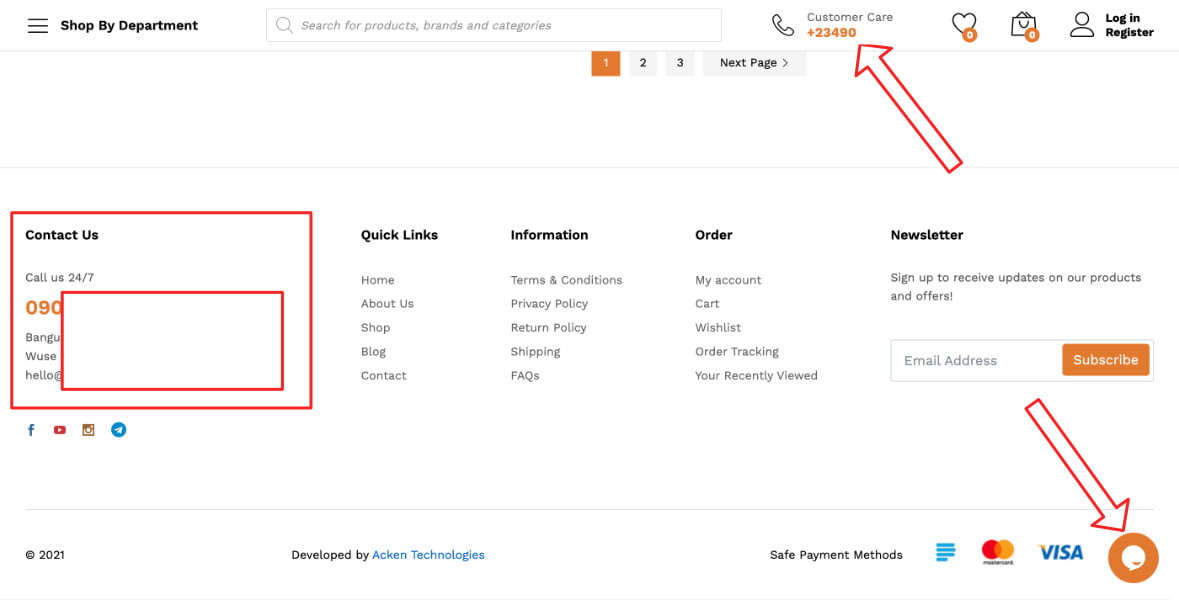
Good customer service is essential for any e-commerce website to operate successfully. This can include a phone number or live chat feature for customers to get help with their orders, as well as an FAQ page or knowledge base to help customers find answers to common questions.
Social media integration
By incorporating social media buttons and feed widgets into your e-commerce website, customers can stay informed about your brand and products.
Customer reviews
Customer reviews can help other shoppers make informed purchasing decisions and can also help improve your products and customer service. Consider including a rating system and allowing customers to leave reviews with their purchase.
Blog or news section
A blog or news section can help keep customers up to date with your brand and can also help improve your website's search engine ranking.
Email marketing

Email marketing can be used to stay in touch with customers and promote your products and special offers. Consider offering a newsletter sign-up form on your website.
Coupon codes and special offers
Coupon codes and special offers can help encourage customers to make a purchase and can also be used as a marketing tool.
Affiliate program
An affiliate program allows other websites to promote your products and earn a commission for each sale. This can be a useful way to expand your reach and increase sales.
Multiple languages and currencies:
Consider offering your website in multiple languages and accepting multiple currencies if you sell to a global audience.
In summary, an e-commerce website should have a well-organized product catalog, a shopping cart and checkout process, a secure payment gateway, a customer account system, search functionality, mobile optimization, and good customer service.
It should be easy to use, visually appealing, and offer a secure and convenient shopping experience for customers.
These e-commerce website features will help provide your customers with a smooth and seamless shopping experience, which will result to increased sales, customer satisfaction, and success for your e-commerce business.
Thank you for reading this post on 21 essential e-commerce website features.
